The Brown Recluse is a species of venomous spider that lives in North America. Researchers recognize this species, along with the black widow, as one of the few spiders with dangerous levels of venom in North America. This spider is also known as the Fiddleback or Violin spider.
Researchers place this species in the Sicariidae family. Other members of this family include about 160 other recluse spider and sand spider species. Read on to learn about the Brown Recluse.
Description of the Brown Recluse
As the name suggests, this spider has brown coloration across its body. Though not exclusive to this spider, and thus not a fantastic method for identification, this species does have a distinguishable pattern on their bodies. Near the front of their heads, they have a violin-shaped marking of darker brown color.
Individuals typically measure about half an inch across, though some grow slightly larger.
Interesting Facts About the Brown Recluse
Many people know of this spider species for its toxic venom. Learn what else makes this creature interesting, below.
- Hemotoxin – The venom of this species is what scientists refer to as a hemotoxin. This means that the venom attacks red blood cells, which can cause tissue damage and prevent blood clotting.
- Necrosis – When the venom of this species causes tissue damage, researchers call that area necrotic. However, bites from this species do not frequently cause tissue necrosis.
- Don’t Panic – If you think you might have a Brown Recluse bite, don’t panic! Simply seek medical attention. In the past 35 years, scientists have recorded only 5 confirmed deaths by Brown Recluse
- Positive Impacts – Everything isn’t all bad with these misunderstood spiders. Living up to their names, these recluses typically avoid human contact. Additionally, they feed on the pesky insects you don’t want around your home.
Habitat of the Brown Recluse
This spider has adapted to human expansion quite well, and often lives near human homes and structures. You can find these creatures hiding in dark spaces of homes, in foundations and basements, under rocks, in sheds, garages, barns, and much more. They mostly remain out of sight, beneath furniture or in various cracks and crevices.
Distribution of the Brown Recluse
Generally, you can find this spider throughout much of the southern United States. To the east, you can find this spider as far as Georgia and the surrounding areas. In the west, their range extends to Texas. Additionally, their populations extend from the southern coast all the way to Illinois.
Diet of the Brown Recluse
This spider has carnivorous feeding habits, which means that it eats other animals. However, at half an inch long, its prey generally consists of small insects, as it cannot subdue larger creatures. They feed on a variety of small insects and invertebrates.
Quite hardy, this species can survive for several months without food. It typically hides during the day, and emerges at night to hunt for insect prey.
Brown Recluse and Human Interaction
The only time we ever interact with these creatures is inadvertently. The spiders hide away during the day, seeking dark and isolated areas like wood piles, rocks, cracks, and other hidden spaces. When they do bite people, the incident typically occurs when the person happens to grab or move the object the spider hides underneath.
Domestication
Humans have not domesticated this creature in any way.
Does the Brown Recluse Make a Good Pet
No, you would not want to keep this spider as a pet. Their bite can be quite dangerous and painful.
Brown Recluse Care
People do not typically keep these creatures in human care. For educational facilities or those creating antivenom, the spiders live in relatively small enclosures. They require a space to hide underneath, such as an overturned pot, and small insects to feed on.
Behavior of the Brown Recluse
These creatures live up to their name. You typically cannot find a recluse unless you go looking for them, or stumble upon them by accident. They live solitary lives, spending their days hiding in dark spaces. When night falls, they emerge to search for small insects to feed on.
Reproduction of the Brown Recluse
Pairs of spiders use chemicals to communicate with one another during the breeding season. During the mating rituals, males often perform odd dances and leg waving. If she does not mistake him for prey, the female does not eat the male after mating, as the black widow does.
After breeding, the female lays several hundred eggs in a cocoon of silk. These eggs hatch after a period of approximately two weeks.
Beliefs, Superstitions, and Phobias About the Brown Recluse
As discussed above, this species has dangerous venom, but not all bites cause serious damage. You should seek medical care if you believe you have been bitten by this spider. However, the creatures do not seek out humans to bite, and even provide the benefit of eating pesky insects.


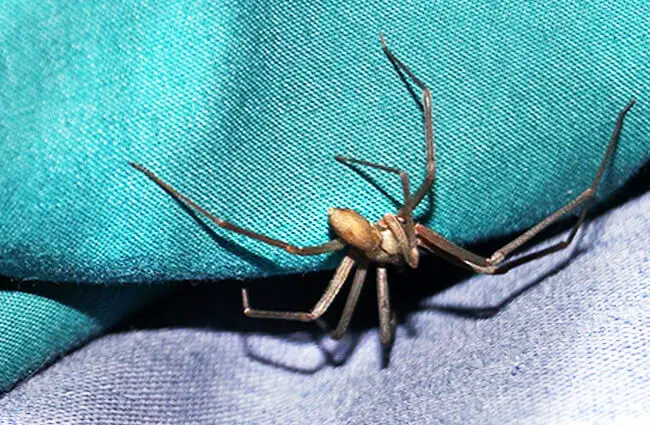



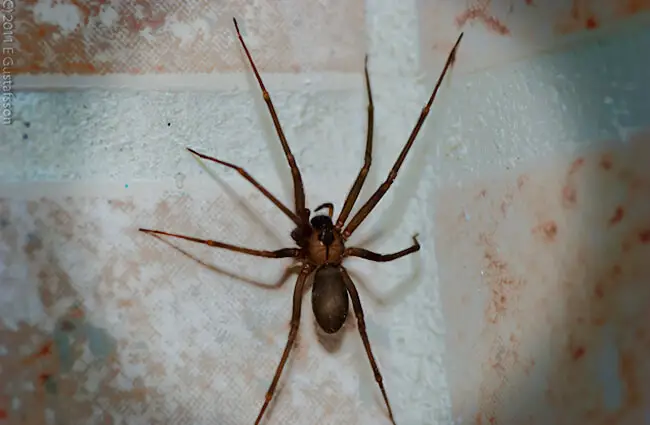

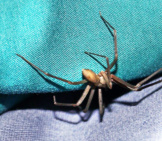


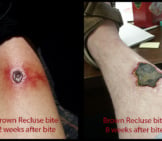
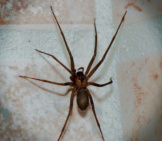
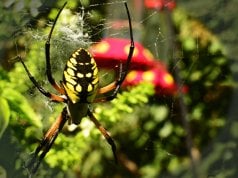












![Red Angus Closeup of a beautiful Red Angus cowPhoto by: U.S. Department of Agriculture [pubic domain]https://creativecommons.org/licenses/by/2.0/](https://animals.net/wp-content/uploads/2020/03/Red-Angus-4-100x75.jpg)

